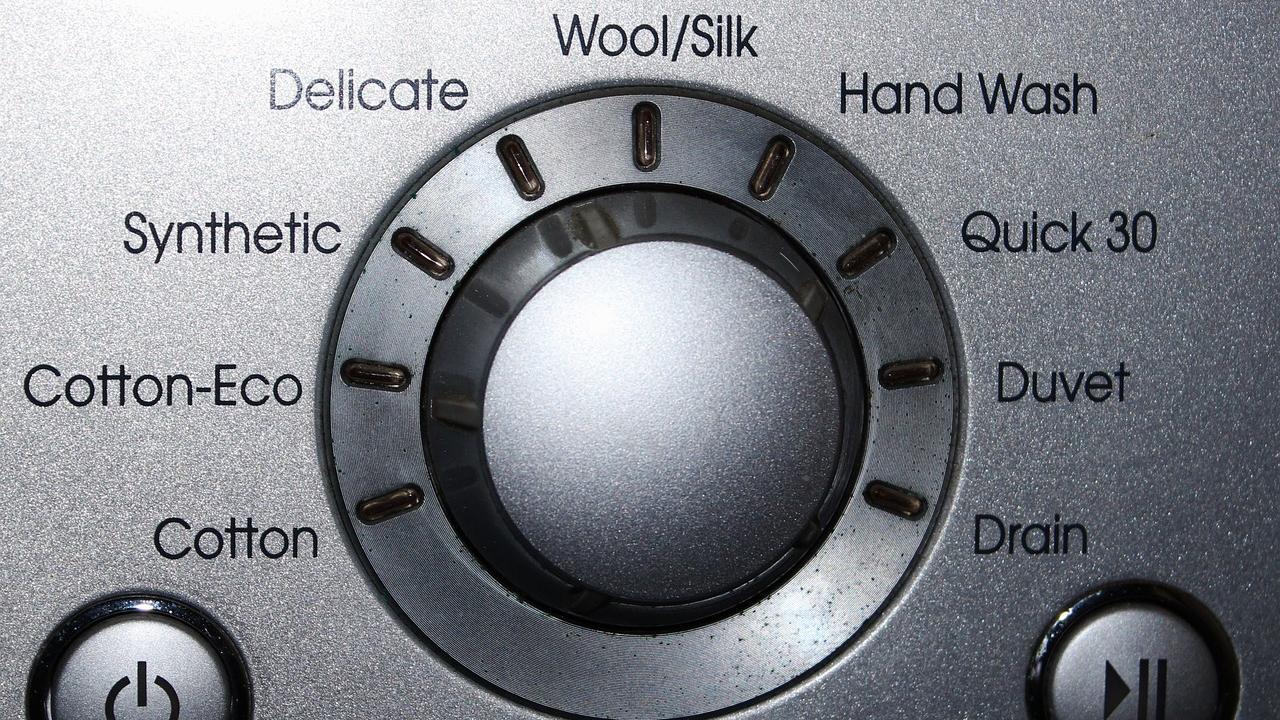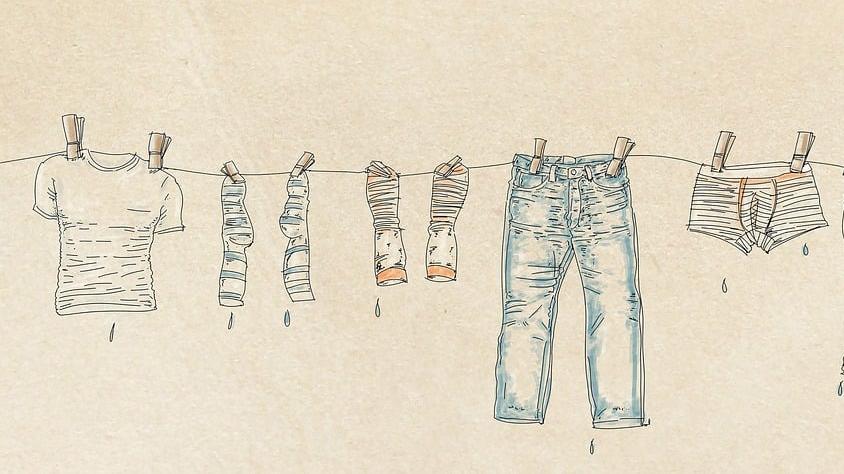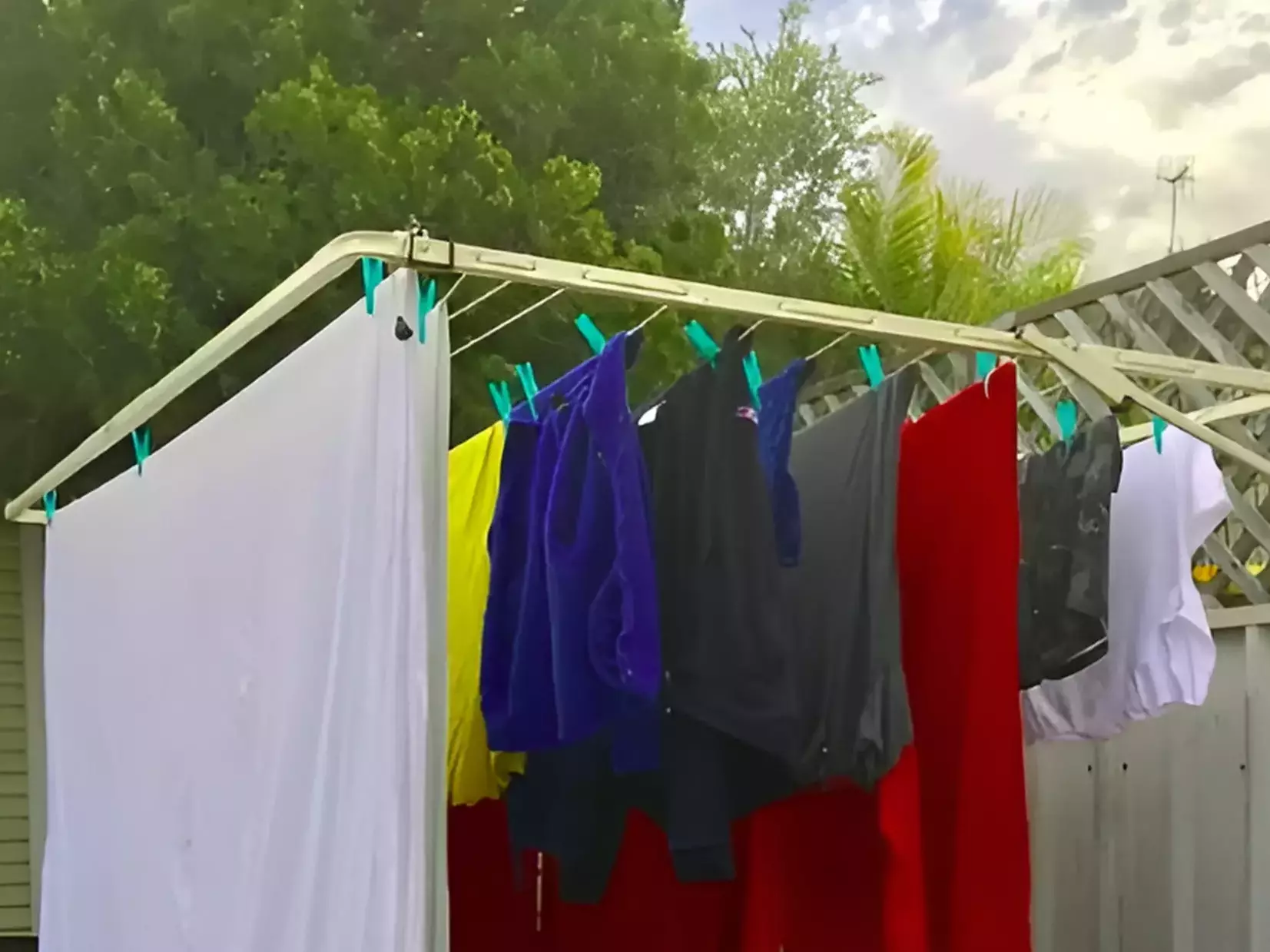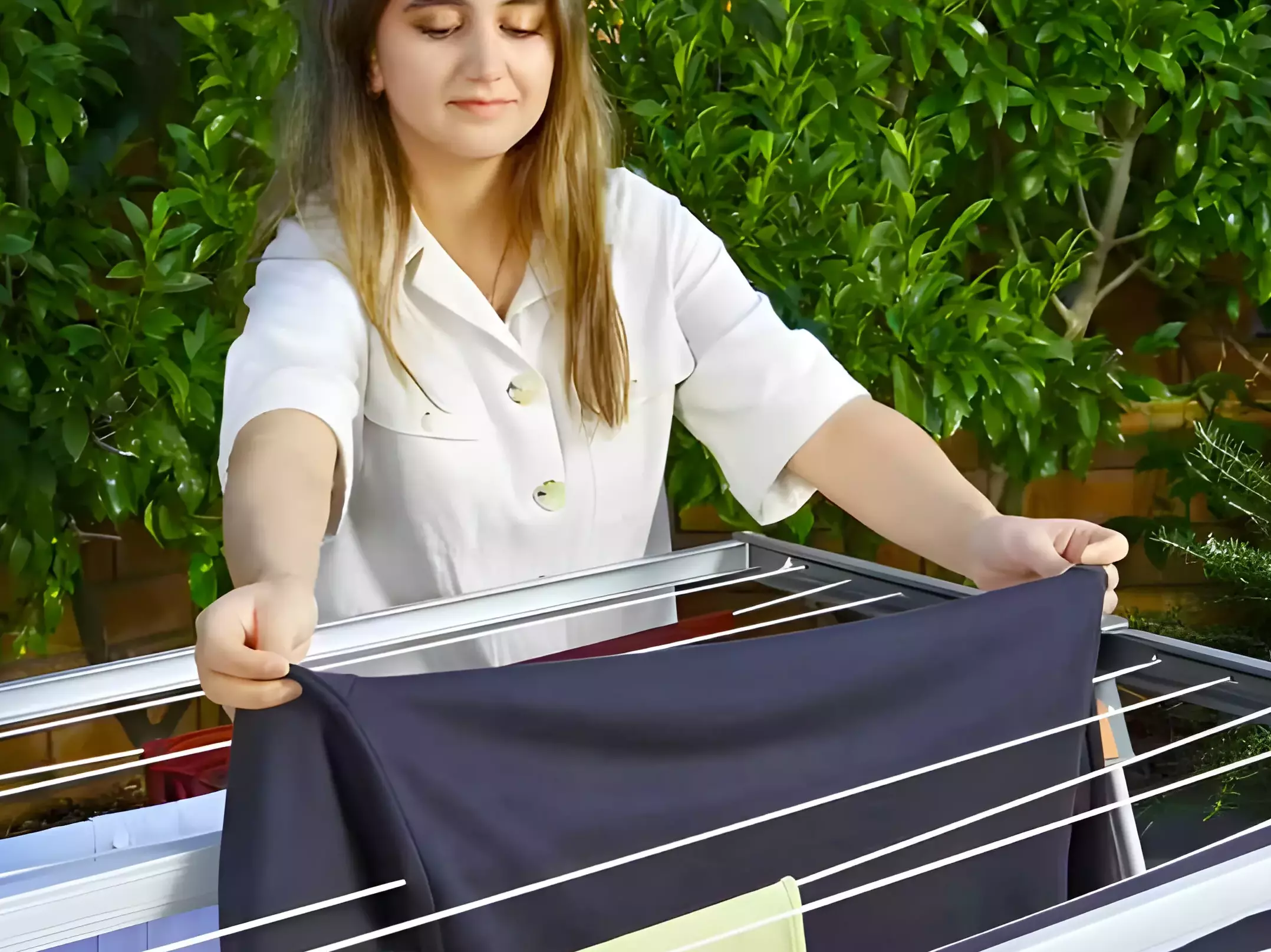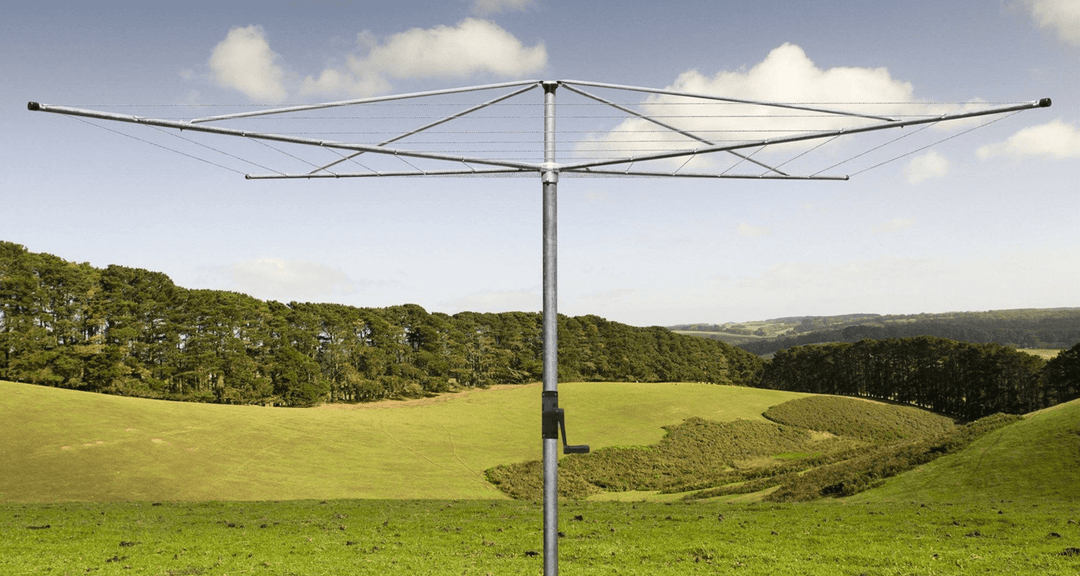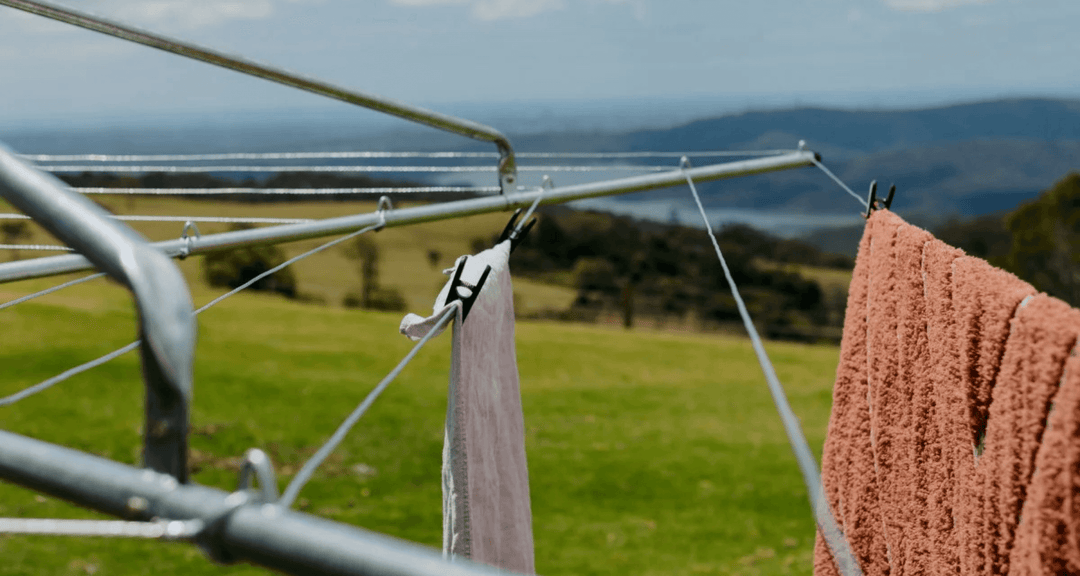Choosing the Right Washing Machine Cycle: A Handy Guide
Choosing the right washing machine cycle is something we’ve learned the hard way, but it’s made a world of difference in how my clothes come out.
Washing machine cycles explained can help you understand the various laundering settings of washing machines.
We used to just throw everything in on the same setting, but after ruining a few delicate pieces, we knew we had to change our approach.
Now, we separate our laundry and choose cycles based on the fabric type, which has saved us from countless mishaps.
For our everyday items, the Normal cycle works perfectly, while for our more delicate clothes, we always opt for the Gentle cycle.
It’s amazing how much longer our clothes last and how much better they look when we take that extra step.
Trust us, it’s worth the effort to get familiar with your washing machine settings.
Short Summary
-
Choosing the correct washing machine cycle is crucial for maintaining fabric integrity, saving energy, and extending the life of your clothes.
-
Proper loading techniques, including sorting by fabric type and color, balancing load sizes, and pre-treating stains.
-
Understanding and utilising special features in modern washing machines, such as steam cleaning, delay start options, and customisable programs.
Topics in This Article:
Understanding Washing Machine Cycles
Choosing the correct washing machine cycle is essential for maintaining the quality and longevity of your clothes.
Many of us have learned the hard way that using the wrong cycle can ruin our favourite outfits.
By understanding the different washing machine cycles and their specific uses, you can prevent laundry disasters and ensure your clothes receive the proper care.
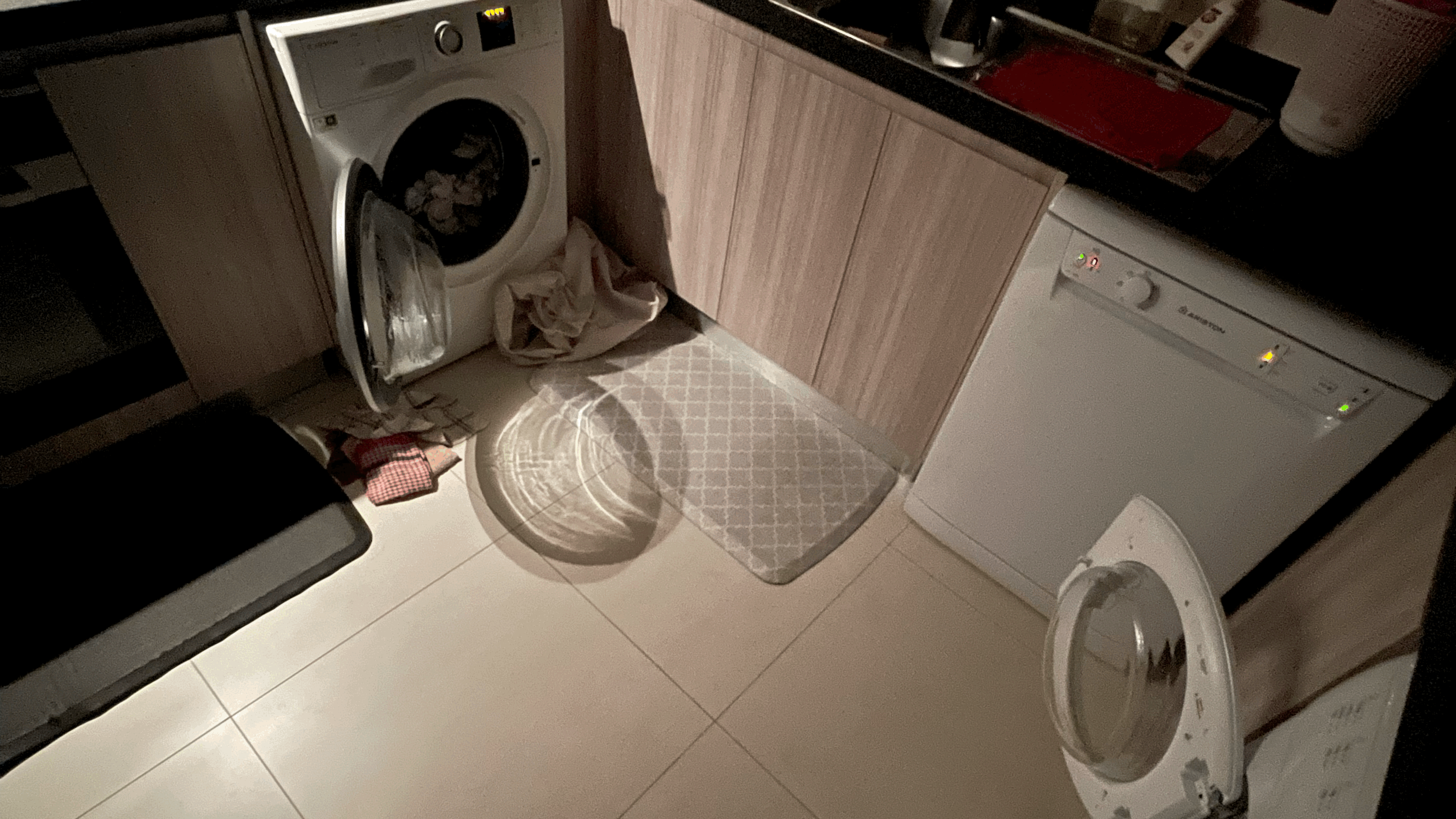
For example, the Normal cycle is great for everyday items, while the Gentle cycle is better suited for delicate garments.
Taking the time to familiarise yourself with these washing cycles can make a significant difference in how your clothes look and last.
Regular or Normal Cycle
The Regular or Normal Cycle is the backbone of most washing machines.
It is designed for everyday laundry items and is one of the most commonly used washing cycles...
…like T-shirts, socks, and jeans made from cotton, linen, or durable synthetics.
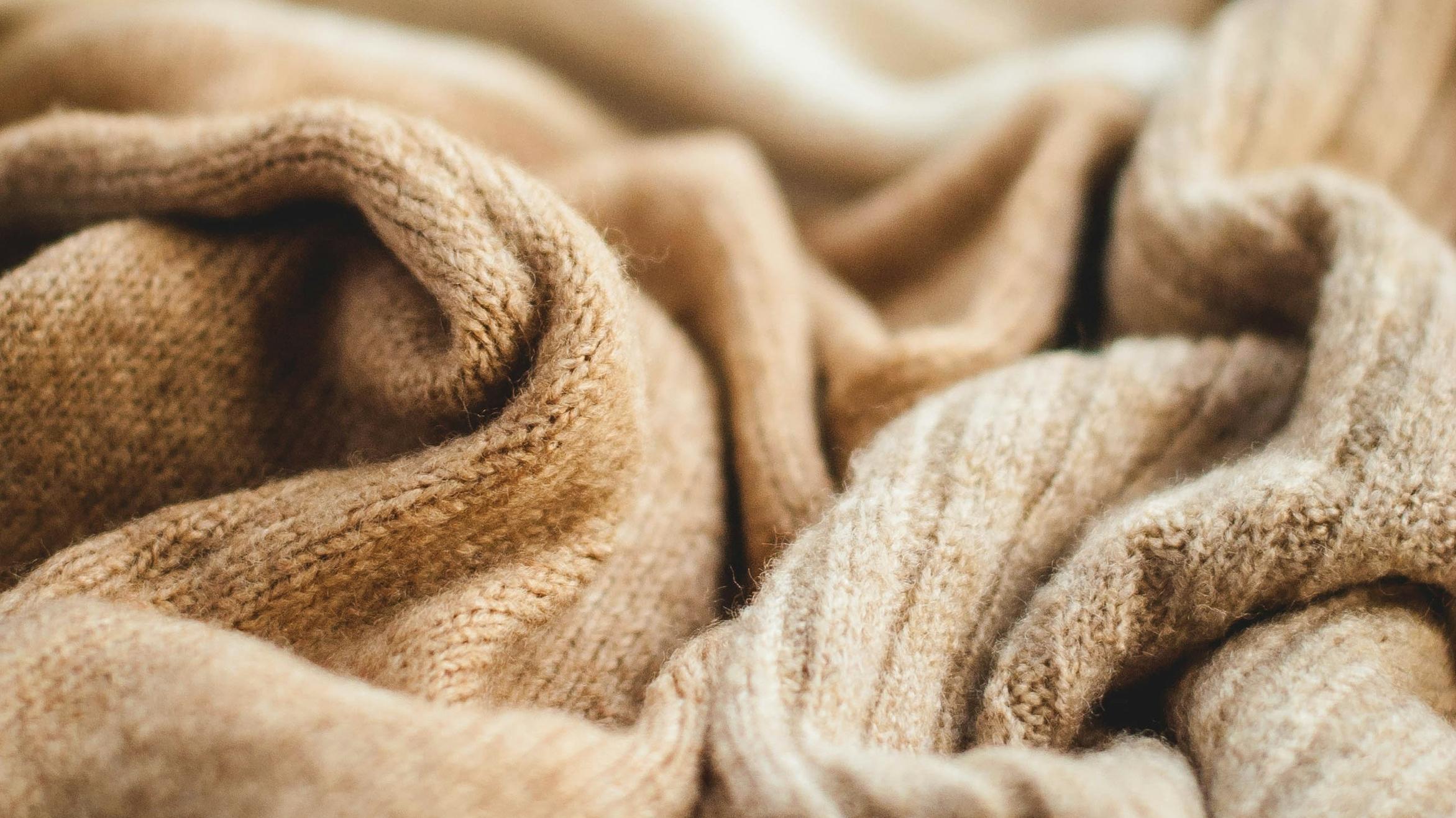
We remember the first time we used this cycle, we were amazed at how clean our clothes came out.
It uses high agitation and a lengthy wash process, which is perfect for tackling heavily soiled items.
After a long day of outdoor activities, our jeans and T-shirts always come out fresh and spotless.
It’s our go-to choice for typical loads that include a mix of fabrics that can withstand vigorous washing.
Trust me, once you get the hang of it, you’ll wonder how you ever managed without it.
Permanent Press Cycle
The Permanent Press Cycle has been a game-changer for us, especially with our love for synthetic fabrics that wrinkle easily. '
We remember the first time we used it; we were amazed at how our clothes came out nearly wrinkle-free.
The warm water and slower spin cycle really help minimise wrinkles while still cleaning effectively.
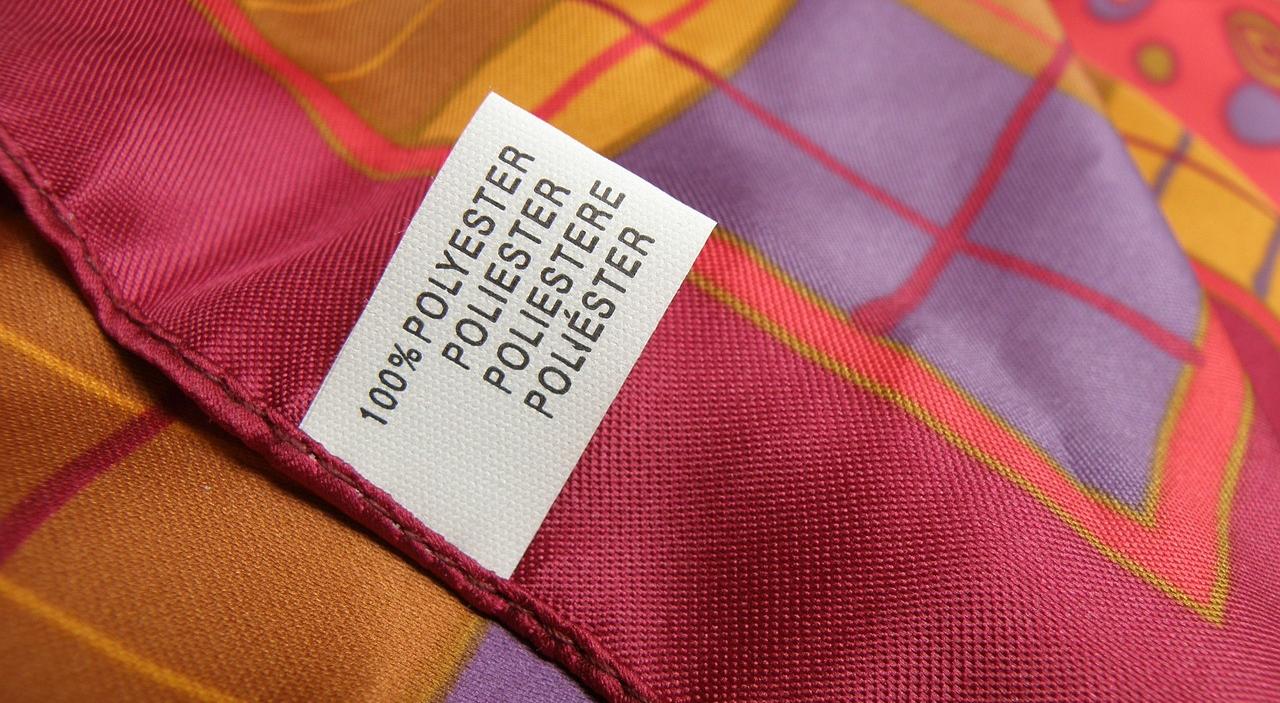
It's perfect for our wash-and-wear outfits and synthetic blends that need a gentle touch.
We no longer dread doing laundry, knowing that this cycle will keep our clothes looking fresh and neat.
Dejan Josipovic from the The Appliance Guys stated:
"This cycle was devised in the 1940s to accommodate fashionable synthetic, wrinkle-free, and wash-and-wear garments.
This cycle is shorter than the standard one and utilises warm water with a reduced spin speed."
Delicate or Gentle Cycle
The Delicate or Gentle Cycle, also known as the delicate cycle, mimics hand washing.
This makes it perfect for delicate fabrics such as silk, wool, and lingerie.
This cycle uses slow agitation and low spin speeds to protect garments from damage.
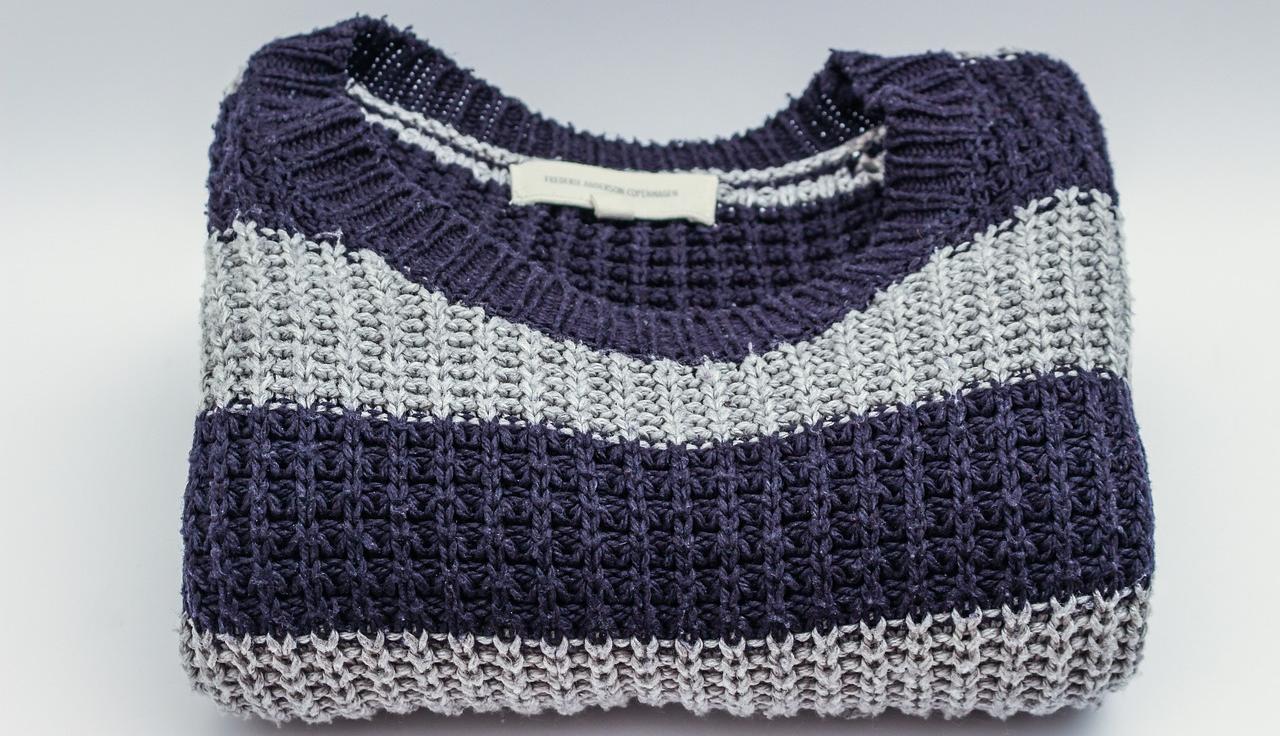
We’ve found it especially useful for our favourite cashmere sweater and lace dress.
Before we started using this cycle, we were always worried about shrinking or tearing our delicate clothes.
Now, we can wash them with confidence, knowing they’ll come out clean and intact.
It’s been a game-changer for our laundry routine, and we highly recommend giving it a try.
Special Features in Modern Washing Machines
Today’s washing machines are equipped with an array of special features tailored to improve laundry care.
From our experience, the steam cleaning function has been a lifesaver for removing stubborn stains and allergens from our clothes.
The delay start option is perfect for our busy schedule, allowing us to set the machine to run during off-peak hours and save on electricity bills.
We also love the customisable programs, which let us fine-tune each wash to suit different fabric types.
These features have made laundry day much more manageable and efficient.
Steam Cleaning Function
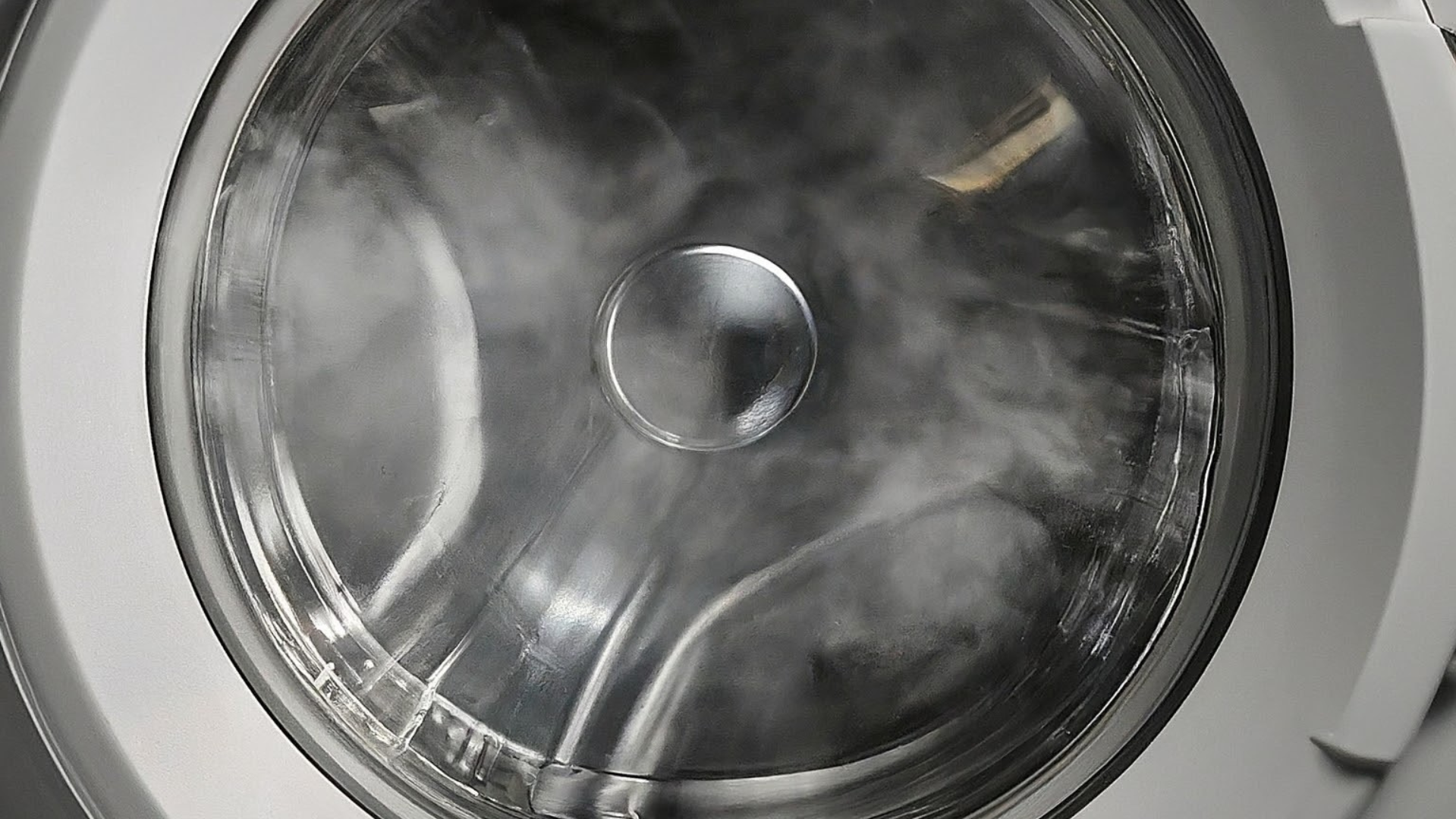
The steam cleaning function in modern washing machines has truly been a revelation for us.
Initially, we were a bit skeptical, thinking it might just be another gimmick.
But then we tried it on our kid's muddy soccer uniforms, and wow, we couldn't believe how spotless they came out.
The steam really works its magic, penetrating deep into the fabric to lift out those stubborn stains and even helping to reduce wrinkles.
For anyone dealing with allergies, this feature is a game-changer, as it effectively removes allergens from clothes.
Delay Start and Time-Saving Options
Delay start and time-saving options have been a game-changer for our busy schedule.
We love being able to set the washing machine to run during off-peak hours, which has noticeably cut down on our electricity bills.
The quick wash cycle, which includes a shortened wash cycle with a high-speed spin, is another lifesaver, especially when we need to refresh lightly soiled clothes in a hurry.
We can even monitor the wash remotely using our smartphones, which adds a level of convenience we never knew we needed.

These features have made laundry day so much easier and more efficient.
As what Choice said about the Delay Start option:
"Delay start is a handy option that makes doing the washing more convenient...
...by setting it to finish just before you get up, you can take maximum advantage of the sun's drying rays, and get the laundry out before you have to leave for work."
Customisable Programs
Customisable programs in smart washing machines have been a real game-changer for us.
The first time we tried the bedding cycle, it felt like magic seeing that bulky comforter come out perfectly clean.
The intelligent sensors that adjust water levels based on load size have saved us so much hassle.
No more guessing how much water to use or worrying about wasting resources.
These advanced features have made our laundry routine more efficient and less stressful.
Troubleshooting Common Washing Machine Issues
Despite their quality, even the best washing machines may face challenges like residue accumulation, irregular wear and tear, and shrinkage.
We’ve learned that knowing how to troubleshoot these common problems ensures that our machine runs efficiently and our clothes remain in top condition.
For instance, we once had an issue with detergent buildup, and running an empty cycle with vinegar and baking soda worked wonders.
Addressing these issues promptly has saved us from more significant problems down the line.
We remember the frustration of dealing with uneven wear and tear until we figured out the importance of properly arranging clothes inside the washer.
Dealing with Residue and Detergent Buildup
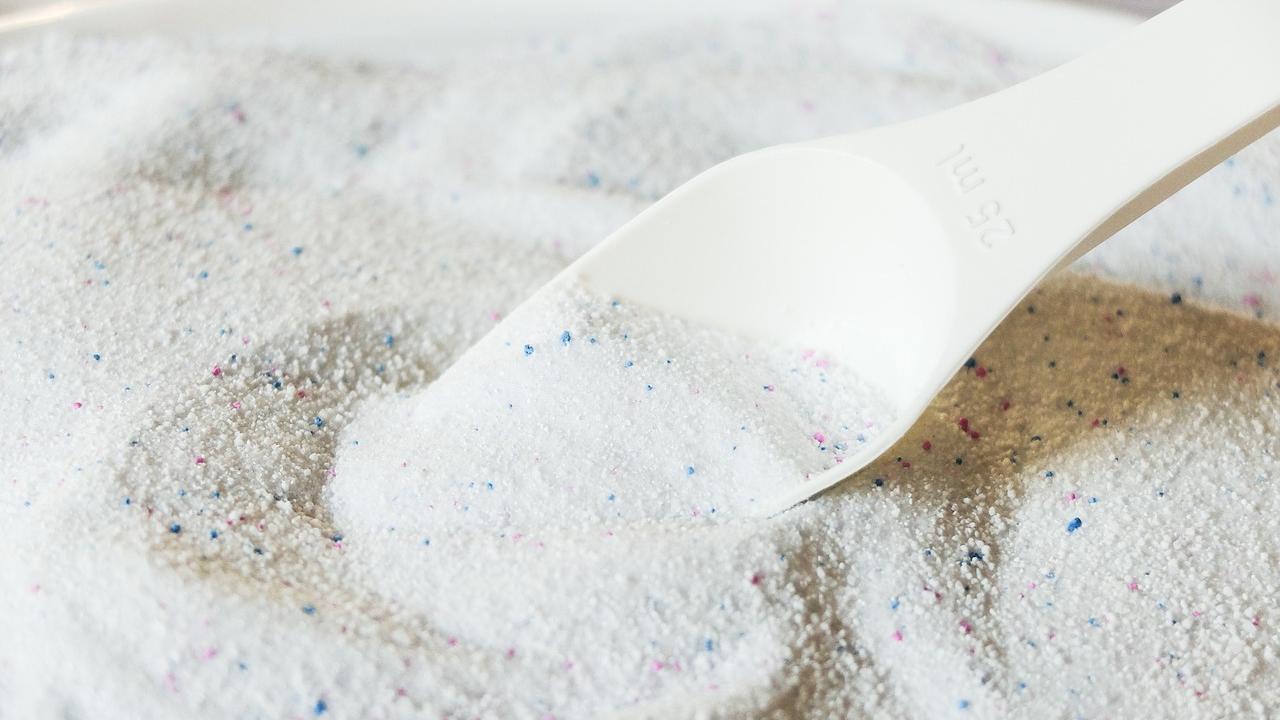
To tackle residue and detergent buildup, we run an empty cycle with a cleaning solution or a mixture of vinegar and baking soda.
Regular maintenance has made a huge difference in how fresh our laundry comes out.
We remember the first time we tried this trick, we were amazed at how much cleaner our clothes smelled.
It's become a routine now, and we hardly ever face issues with detergent buildup anymore.
Trust us, once you start doing this, you'll wonder why you didn't start sooner.
Preventing Uneven Wear and Tear
Preventing uneven wear and tear involves properly arranging clothes inside the washer to distribute weight evenly.
We've all been there—dealing with excessive vibrations and damage to both our clothes and the machine.
It's frustrating, right?
Now, we always take a moment to balance the load, especially when washing heavy items like towels or jeans.
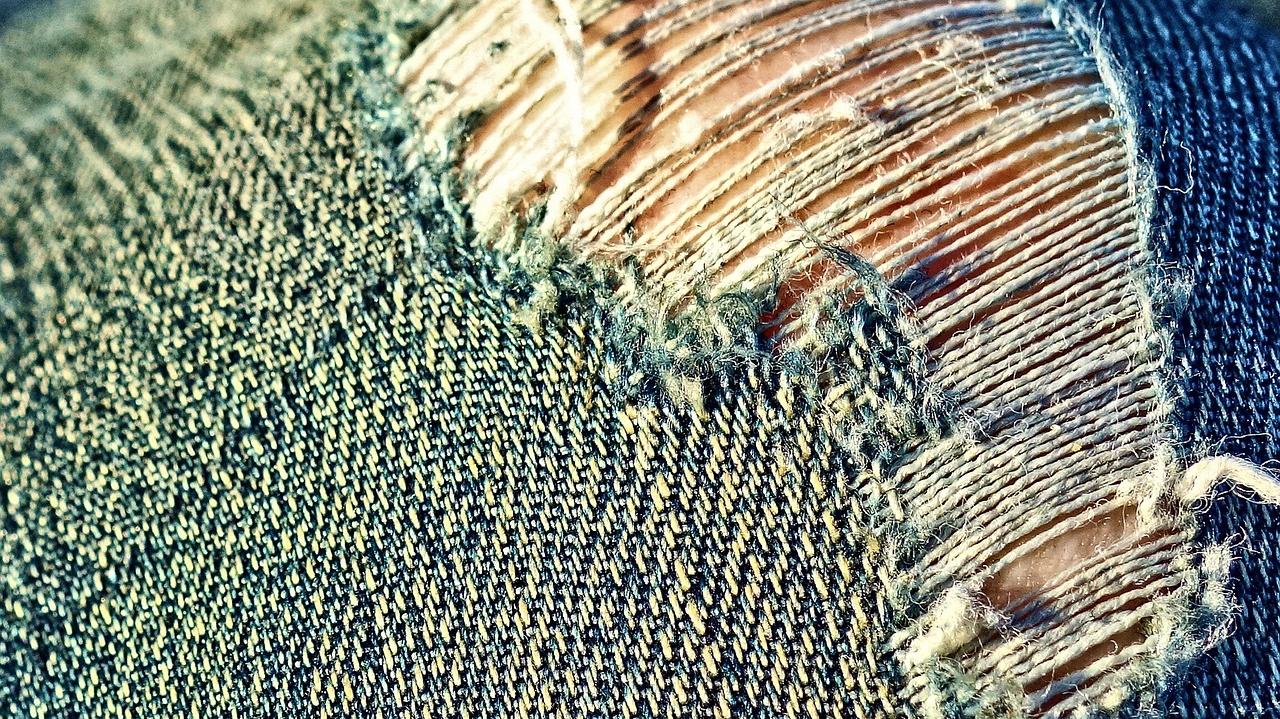
This small step has made a huge difference in keeping our clothes intact and our washer running smoothly.
Remember the noise and chaos from an unbalanced load?
Taking a few extra seconds to arrange your laundry properly is well worth it.
Avoiding Shrinkage and Colour Fading
Avoiding shrinkage and colour fading is something many of us struggle with.
By following care label instructions and using cold wash for delicate and brightly coloured garments, you can keep your clothes looking new.
Washing lightly soiled clothes at cooler temperatures reduces wear and tear and saves on energy bills.
Air-drying on a clothesline or using a low heat setting in the dryer also helps maintain fabric integrity.
We’ve all experienced the disappointment of pulling out shrunken tops and faded jeans.
These simple steps can make a big difference in extending the life of your favourite clothes.
Spin Speed and Water Temperature Settings
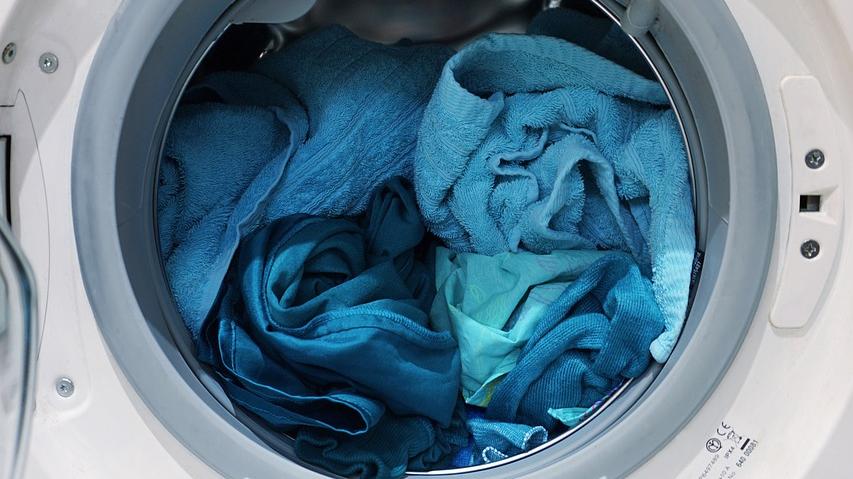
For ideal fabric care and cleaning outcomes, it’s necessary to pick the right spin speed and water temperature settings.
Spin speed affects how dry your clothes will be after washing, which is a lifesaver when you’re in a rush.
Water temperature impacts stain removal and fabric disinfection—think of those times when hot water magically erased stubborn stains from your white shirts.
Cold water is perfect for dark and delicate clothes, preventing them from fading and keeping them looking new.
Understanding these settings can help you achieve the best possible outcomes for your laundry, making your routine much more efficient.
Adjusting Spin Speed for Different Fabrics
Adjusting spin speed based on fabric types has been a game-changer for us.
We used to just throw everything in at the highest speed, but our clothes often came out looking worse for wear.
Now, we use higher spin speeds for heavy-duty fabrics like towels and jeans, and lower speeds for delicate items to avoid creasing and wear.
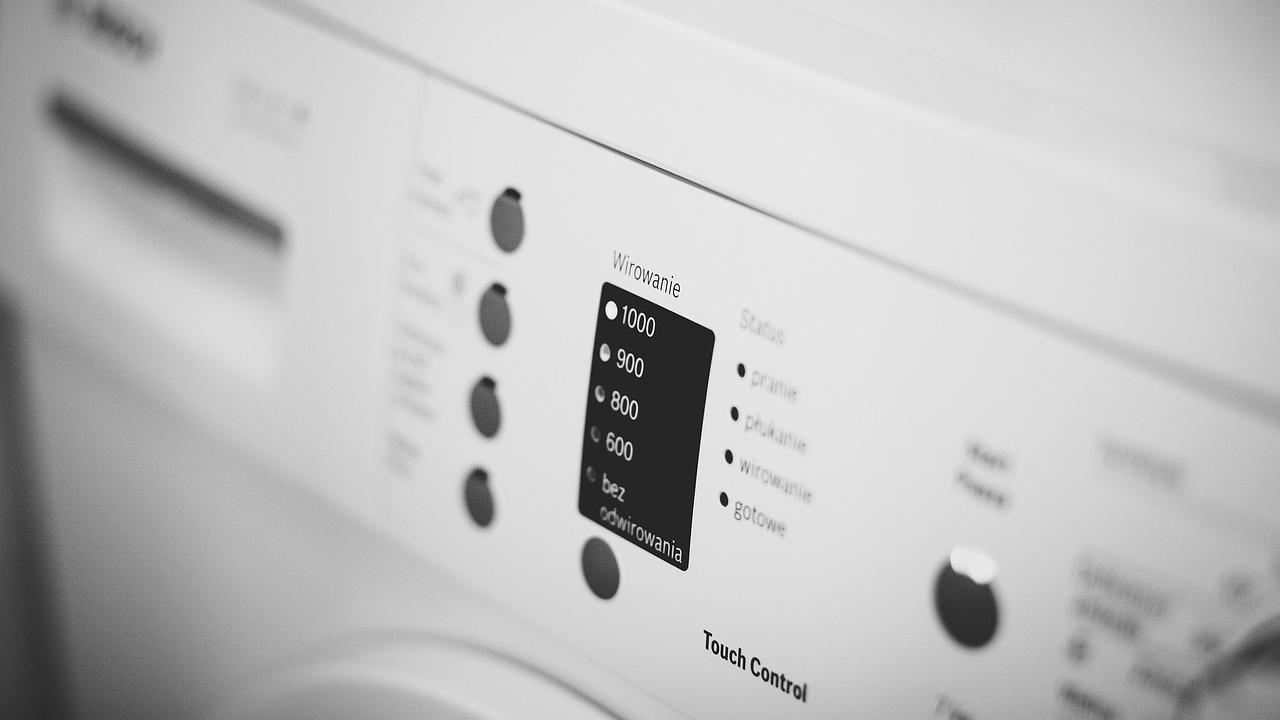
It took a bit of trial and error, but finding the right settings has made a noticeable difference.
Our clothes last longer and look better, which saves us money in the long run.
If you're struggling with laundry, we highly recommend taking the time to adjust your spin speed based on fabric types.
Choosing the Right Water Temperature
Choosing the appropriate water temperature has made a huge difference in our laundry routine.
We used to wash everything in warm water, but we noticed our dark clothes were fading and our delicates were getting damaged.
Now, we use cold water for dark colours and delicate fabrics, which has kept them looking new much longer.

For our white cotton shirts and heavily soiled items, we stick with hot water to ensure they come out spotless.
Understanding the benefits of different temperature settings has saved us from a lot of laundry mishaps.
As per the people from Aqualogic said:
"Warm water, typically set at temperatures between 32°C and 43°C, strikes the perfect balance between hot and cold water.
Its moderate temperature makes it a versatile option for a wide range of fabrics, as it effectively removes dirt and stains while being gentle enough on delicate materials."
Specialty Cycles for Specific Needs
Modern washing machines provide specialty cycles like:
-
Hand Wash Cycle
-
Bulky
-
Heavy Duty
-
Whitest Whites
These cycles have been a game-changer in our laundry routine, and we're sure they'll be for you too.
For example, we use the Hand Wash Cycle for our delicate sweaters, and they come out looking brand new every time.
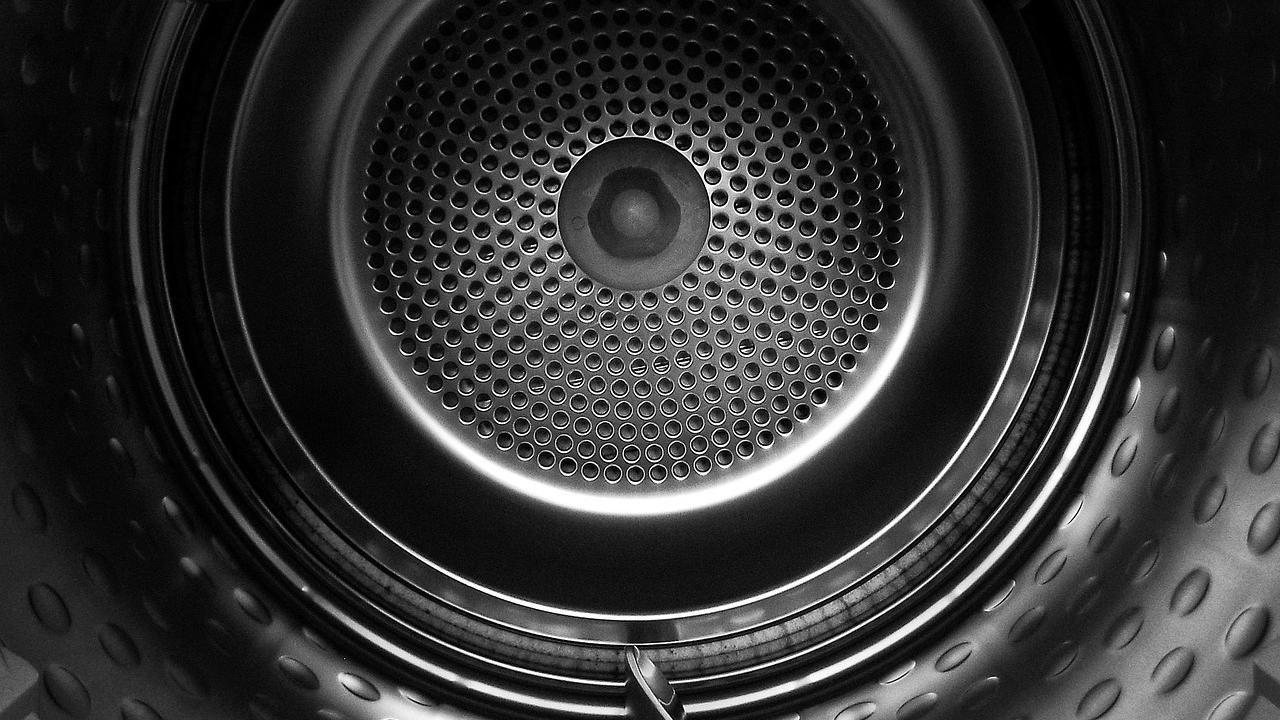
If you've ever struggled with washing comforters or heavy blankets without overloading the machine, the Bulky cycle is a lifesaver.
When it comes to heavily soiled clothes, the Heavy Duty cycle tackles the grime like a champ.
And for those white shirts that you want to keep looking crisp and fresh, the Whitest Whites cycle does wonders.
These specialty cycles make it so much easier to care for all types of fabrics effectively, saving time and hassle in the process.
Fast or Quick Wash Cycle
The Fast or Quick Wash cycle has been a lifesaver for many of us on countless occasions.
When you need to quickly refresh a few lightly soiled garments, this cycle gets the job done in under 30 minutes.
Imagine this: you get a last-minute dinner invite, and your favourite shirt is buried in the laundry basket.
The Quick Wash cycle saves the day, and you're out the door in no time.
Customisable quick wash settings have added a level of convenience to our laundry routines that we didn't know we needed.
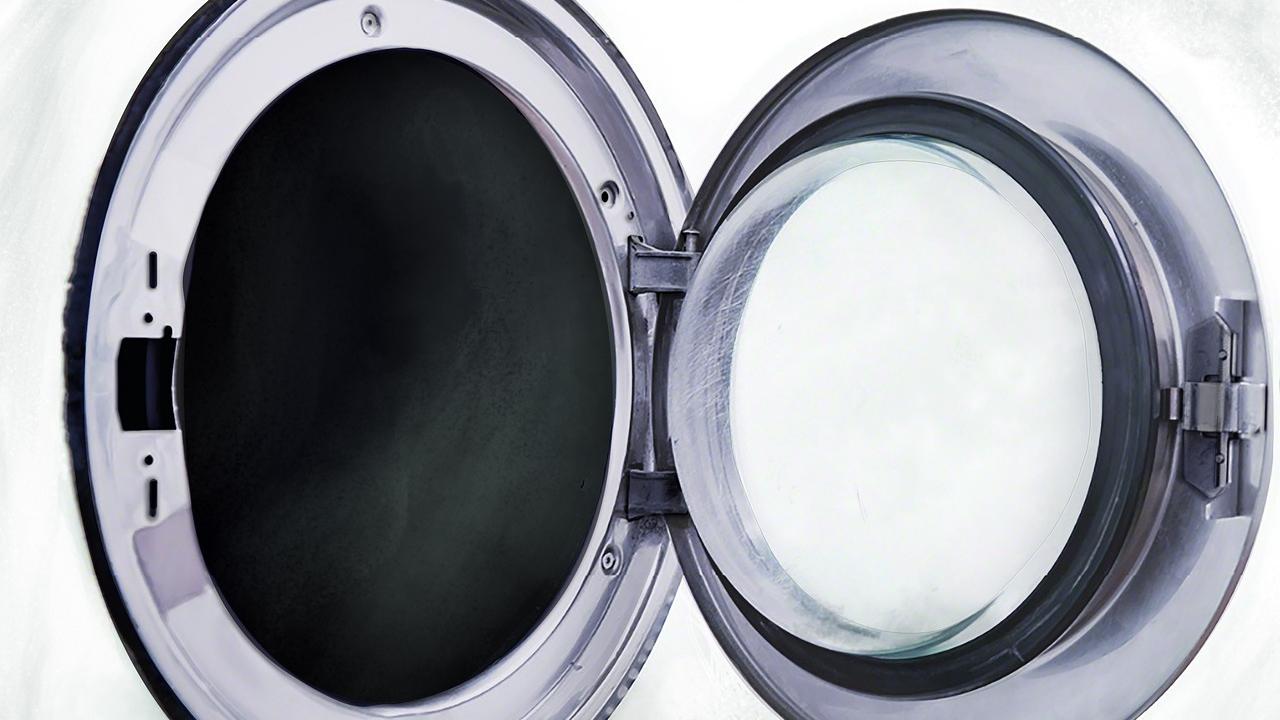
It's perfect for those moments when life gets hectic, and you need clean clothes fast.
Ashley Iredale from Choice said:
"Some fast wash programs take less than 15 minutes from go to whoa, so they're great if you're in a hurry. But it's important to note these programs are only suitable for very small loads...
...a couple of kilograms, or just a handful of items at most, and only if they're lightly soiled."
Bedding and Bulky Items Cycle
The Bedding and Bulky Items cycle has been a lifesaver for us, especially when dealing with large items like blankets, comforters, and towels.
Remember the struggle of trying to fit a bulky comforter into a regular cycle, only to have it come out still dirty or unevenly washed?
This cycle changes all that.
The first time we used it for our oversized comforter, it came out perfectly clean without overloading the machine.

According to the folks from Canstar Blue:
"This program typically starts with a soak, then medium-speed washing to keep all the washer balanced. To achieve the best result, it’s recommended to only wash one kind of bedding per load."
It's ideal for those heavily soiled items that need a deep clean.
We also love using it for pillows—they come out fresh and fluffy every time.
If you've ever struggled with washing large items, this cycle is a game-changer.
Wool and Hand Wash Cycles
The Wool and Hand Wash cycles mimic the gentle action of hand washing, protecting delicate woolen garments from shrinkage and distortion.
Remember that nerve-wracking moment when you washed your favourite cashmere sweater for the first time, fearing it might come out two sizes smaller?
With the Wool cycle, you can breathe easy.
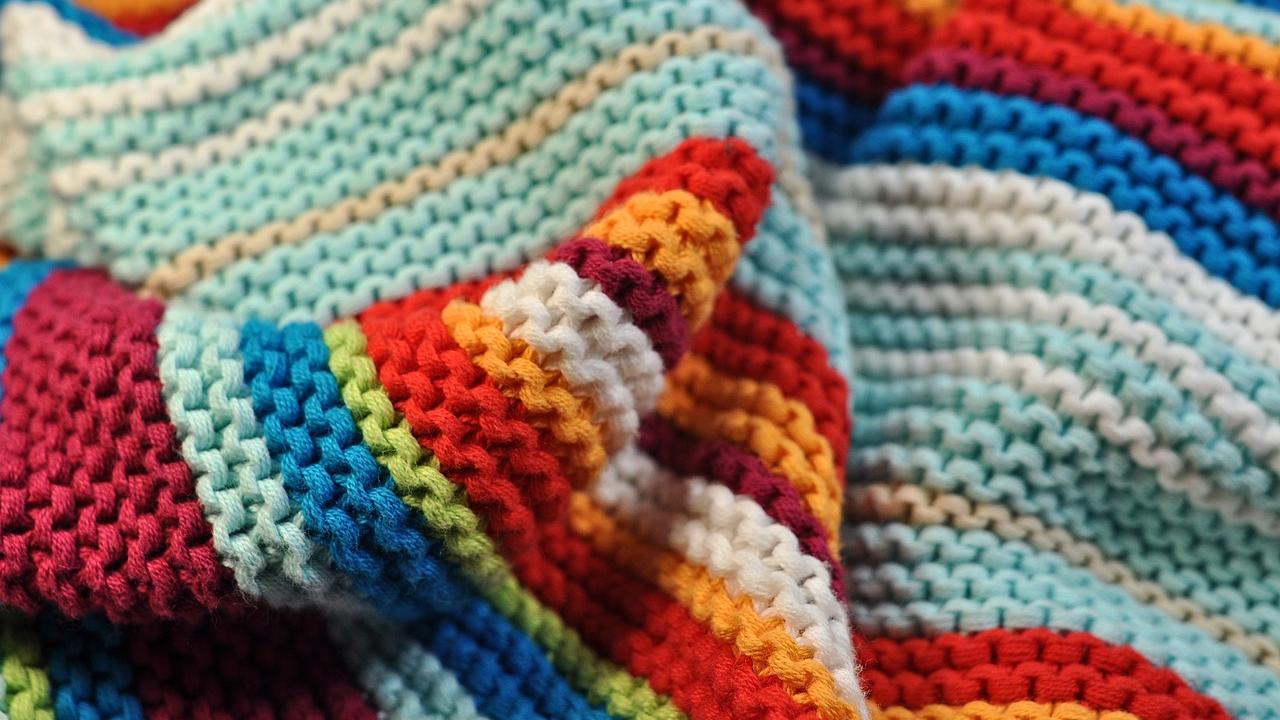
Our own cashmere sweater came out perfectly soft and intact, much to my relief.
The lower temperatures and slower spin speeds really make a difference.
It’s also been a game-changer for those wool scarves we all dread hand washing.
Now, you can just toss them in the machine and trust they’ll come out looking great, saving you time and worry.
Final Words
Understanding and selecting the right washing machine cycles has truly transformed our laundry routine.
We used to just throw everything in on the same setting and hope for the best, but that led to some unfortunate mishaps with our favourite clothes.
Now, we take the time to choose the right cycle for each load, and the difference is incredible.
Our everyday items come out spotless on the Regular cycle, while our delicate fabrics stay intact with the Gentle cycle.
We've also learned to troubleshoot common issues and adjust settings like spin speed and water temperature.
These small changes have made laundry day so much easier and have kept our wardrobe looking its best.
Trust us, once you get the hang of it, you'll wonder how you ever managed without it.
Frequently Asked Questions
For everyday laundry items like T-shirts, socks, and jeans made from cotton, linen, or durable synthetics, the Regular or Normal cycle is the best choice.
To prevent your clothes from shrinking in the wash, be sure to follow the care label instructions, use cold water for delicate and brightly coloured garments...
...and select a delicate wash cycle with cool water and low spin for sensitive items.
To remove detergent buildup in your washing machine, run an empty cycle with a cleaning solution, a mixture of vinegar and baking soda, or use the Drum Clean cycle if your machine has one.
Regularly performing this maintenance will help keep your washing machine running efficiently.
Choose hypoallergenic detergents free from dyes and perfumes to minimise skin irritation and ensure safety for sensitive skin.
Steam cleaning in washing machines offers a thorough clean by penetrating fabric fibres, effectively removes allergens...
...reduces wrinkles, and is energy-efficient and suitable for a variety of fabric types, making it a versatile and efficient choice for laundry care.
 Fold Down
Fold Down

 Rotary Hoist
Rotary Hoist
 Retractable
Retractable
 Portable
Portable
 Ceiling Airer
Ceiling Airer
 Covers
Covers





